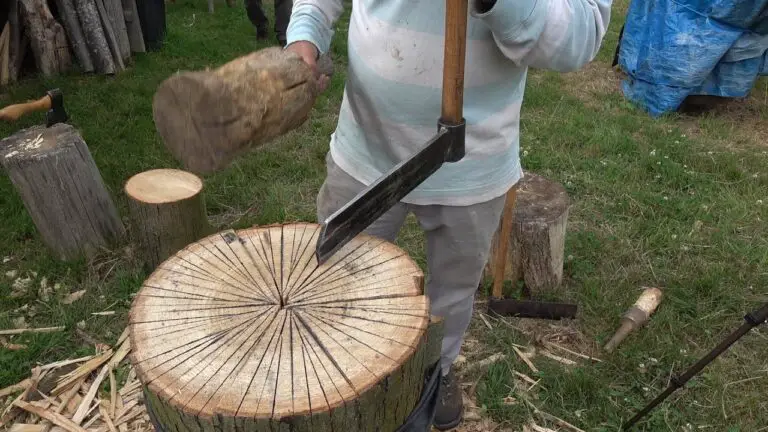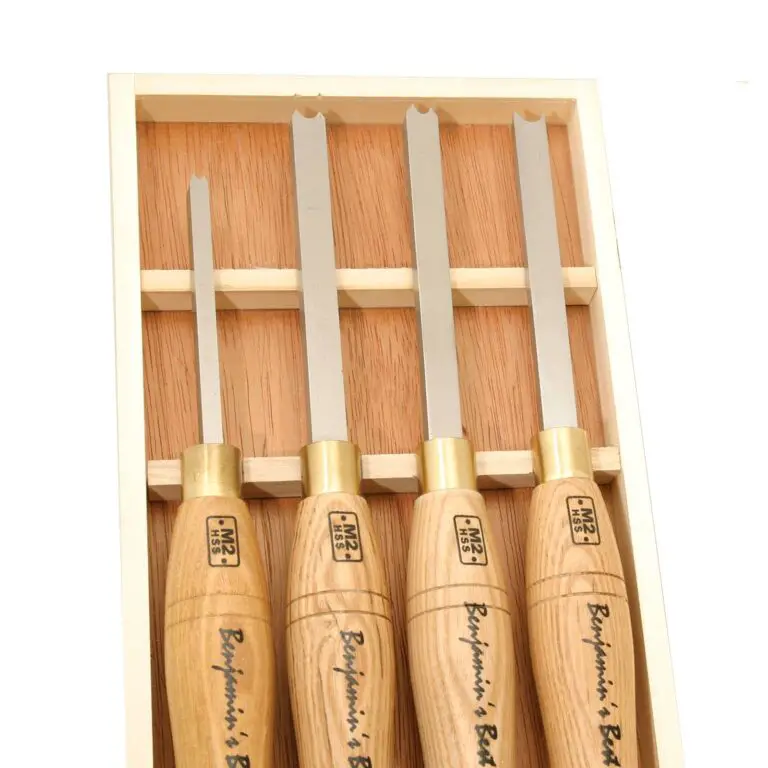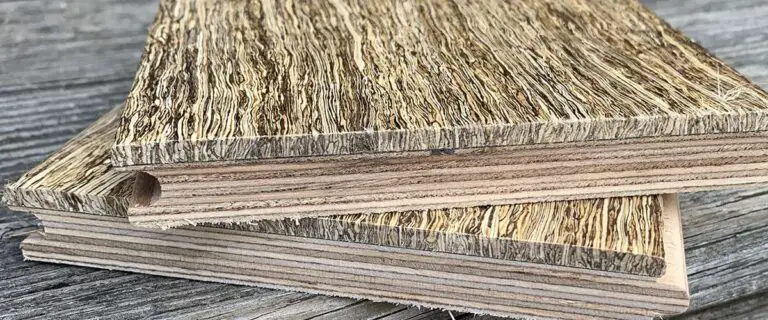What Grit Sandpaper for Stained Wood: Best Choices and Tips
When it comes to refinishing stained wood, choosing the right grit sandpaper is essential to achieving a smooth and professional-looking finish. Sanding is a crucial step in the process of refinishing wood, and using the correct grit sandpaper will help you achieve the desired results.
Understanding Grit
Before we delve into the specific grits of sandpaper recommended for stained wood, it’s essential to understand the concept of grit. Grit refers to the size of the abrasive particles on the sandpaper. The higher the grit number, the finer the sandpaper. Lower grit numbers indicate coarser sandpaper with larger abrasive particles.
When refinishing stained wood, you’ll want to use a progression of sandpaper grits to achieve the best results. Starting with a coarser grit and progressively moving to finer grits will help you smooth out imperfections and achieve a polished finish, preparing the surface for staining and sealing.
Choosing the Right Grit Sandpaper
Refinishing stained wood typically involves removing the existing finish, sanding down the wood to remove imperfections, and preparing it for a new coat of stain and sealant. Here’s a guide to choosing the right grit sandpaper for each stage of the refinishing process:
| Refinishing Stage | Recommended Grit |
|---|---|
| Removing the Existing Finish | 60-80 Grit |
| Sanding the Wood | 100-150 Grit |
| Preparing for Stain and Sealant | 180-220 Grit |
When removing the existing finish from stained wood, it’s best to start with a coarser grit sandpaper, such as 60-80 grit. This will effectively strip away the old finish and prepare the surface for further sanding.
After the old finish has been removed, it’s time to sand the wood to remove imperfections and smooth out the surface. Using a medium grit sandpaper, such as 100-150 grit, will help you achieve a smooth and even surface in preparation for staining.
Once the wood is sanded and smooth, it’s important to use a finer grit sandpaper to prepare the surface for the new coat of stain and sealant. Sanding with a fine grit, such as 180-220 grit, will help ensure that the wood is ready to absorb the stain and provide a smooth surface for the sealant.
Tips for Sanding Stained Wood
When sanding stained wood, there are a few important tips to keep in mind to achieve the best results:
- Use the Right Technique: Always sand with the grain of the wood to avoid creating scratches and uneven surfaces.
- Change Sandpaper Regularly: As sandpaper wears out, it becomes less effective. Change to a fresh piece of sandpaper as needed to maintain optimal results.
- Remove Dust Between Grits: After sanding with each grit, be sure to remove dust and debris from the wood before progressing to the next finer grit.
- Protect Yourself: When sanding wood, wear a mask and protective eyewear to avoid inhaling dust and getting particles in your eyes.

Credit: www.empireabrasives.com
Frequently Asked Questions Of What Grit Sandpaper For Stained Wood: Best Choices And Tips
What Grit Sandpaper Is Best For Stained Wood?
For stained wood, a 120-150 grit sandpaper is typically best for removing old finish and preparing the surface for re-staining.
When To Use A Higher Grit Sandpaper On Stained Wood?
Using a higher grit sandpaper, such as 220-240, after the initial sanding helps achieve a smoother finish before re-staining the wood.
Why Is It Important To Sand Stained Wood Before Refinishing?
Sanding stained wood before refinishing helps remove old finish, smooth the surface, and allows the new stain to penetrate and adhere properly.
Can You Use A Lower Grit Sandpaper On Stained Wood?
While lower grit sandpaper may be more aggressive, it can also leave more noticeable scratches on the stained wood surface, so it’s best to start with a medium grit.
Conclusion
Choosing the right grit sandpaper for stained wood is crucial for achieving a professional and polished finish. By understanding the different grits and their applications at each stage of refinishing, you can ensure that your stained wood surfaces are smooth and perfect for applying new finishes. Remember to use the appropriate technique, progress through the grits properly, and follow best practices for sanding to achieve impeccable results.






